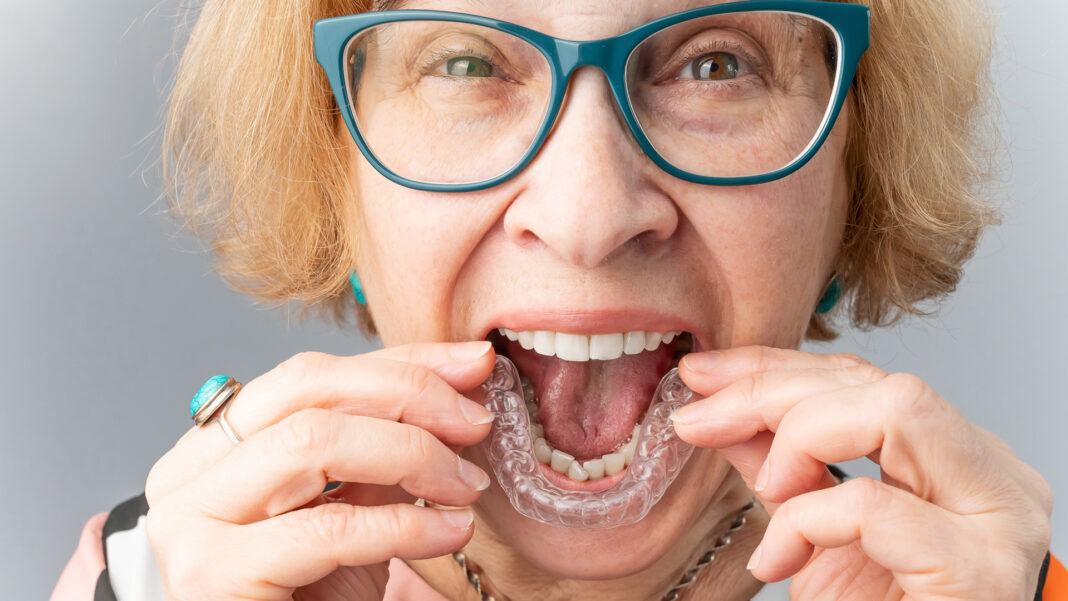We are living longer than ever before. In many parts of the world, centenarians—those reaching the age of 100—are no longer rare exceptions but a growing demographic. With this increase in human longevity comes a profound question for dentistry: how do we ensure that smiles remain functional, healthy, and confident for a full century of life? The answer lies at the intersection of modern orthodontics, preventive healthcare, and the digital technologies that connect clinicians to patients in new and powerful ways.
Rethinking Orthodontics for a Longer Lifespan
Traditionally, orthodontics was viewed as a phase of adolescence, a rite of passage marked by metal brackets and a transformation that concluded before adulthood. But longevity reshapes this narrative. Adults in their 40s, 60s, and even 80s are increasingly seeking orthodontic treatment—not merely for cosmetic reasons, but for health. Misaligned teeth affect chewing efficiency, strain the jaw joint, contribute to periodontal disease, and even compromise airway function. For someone planning to live past 90, these are not minor issues; they are determinants of quality of life.
Modern orthodontics is no longer about achieving a perfect smile in youth—it is about designing a functional and sustainable smile that can withstand the demands of a century-long life. Clear aligners, accelerated tooth movement techniques, and 3D-guided treatment planning are tools that make this vision achievable.
The Longevity Paradigm: Function Before Form
As people age, the importance of orthodontics becomes tied not only to beauty but to function. A well-aligned bite helps prevent excessive tooth wear, improves digestion through better chewing, and reduces the risk of jaw disorders. Orthodontics, in this sense, becomes preventive medicine.
Take, for instance, the emerging link between malocclusion and airway disorders such as sleep apnea. By correcting jaw and dental alignment early—or even in midlife—orthodontists are not just enhancing smiles, they are contributing to systemic health. In the age of longevity, where small chronic conditions can accumulate into major burdens, orthodontics positions itself as a silent guardian of vitality.
Digital Tools Shaping Orthodontics
Technology is playing a central role in extending the reach and effectiveness of orthodontics. Digital impressions, AI-driven treatment simulations, and biomechanical modeling allow for unprecedented precision. Patients can now preview their post-treatment smiles with digital overlays, fostering engagement and trust.
Moreover, these tools enable orthodontists to plan treatments that consider the long-term stresses of aging, ensuring not just a short-term correction but a sustainable smile designed for decades of use. Orthodontics is shifting from reactive correction to predictive planning, where the patient’s biological age, bone density, and overall health profile are factored into care.
Where Digital Marketing Meets Orthodontics
In parallel with clinical innovation, digital marketing has become a vital bridge between orthodontic practices and the public. With patients spanning multiple generations—from digitally native teenagers to tech-savvy seniors—communication strategies must evolve.
Digital marketing in orthodontics is no longer limited to before-and-after photographs on social media. It now involves educating the public about the broader health benefits of treatment, showcasing real-life stories of older adults reclaiming function and confidence, and using data-driven campaigns to target those who might not realize orthodontics is relevant to them.
A 65-year-old patient who believes orthodontics is “too late” for them may be persuaded otherwise after seeing a compelling video testimonial or reading an article optimized for their online searches. Similarly, parents considering orthodontics for their children may be reassured by transparent treatment pathways presented through digital platforms.
Through content marketing, SEO, and social media engagement, orthodontic practices can amplify the message that orthodontics is not about vanity—it is about longevity. The digital ecosystem becomes the arena where myths are dispelled, education is prioritized, and trust is built across generations.
The Psychology of Smiles in Longer Lives
Longevity is not only about adding years to life but adding life to years. A confident, healthy smile is a powerful psychological asset for aging populations. Studies show that smiling is linked to longer lifespan, reduced stress, and better social connections. For centenarians, this means orthodontics is not just a dental specialty—it is an investment in emotional well-being.
Orthodontic treatment empowers older adults to participate more fully in social and professional circles, avoiding the withdrawal that sometimes accompanies dental problems. In a world where personal and digital identities are increasingly visual, the role of orthodontics in confidence-building cannot be overstated.
Toward a Century-Long Smile
The age of longevity demands a shift in how we view orthodontics. It is no longer a temporary correction for teenagers; it is a lifelong investment in health, function, and confidence. When combined with the strategic use of digital marketing, orthodontists can broaden their reach, inspiring patients across all age groups to see treatment not as optional, but as essential for a life well lived.
The century-long smile is no longer an abstract idea. It is a tangible goal—built through the art and science of orthodontics, sustained by technology, and shared through the digital narratives that connect people to care.
